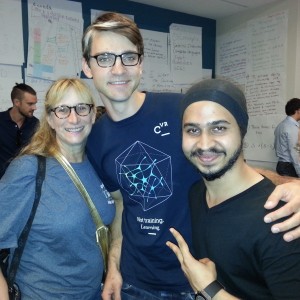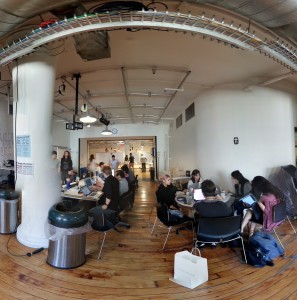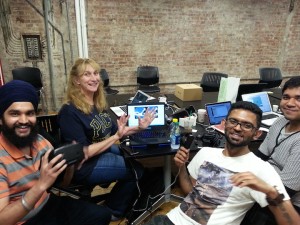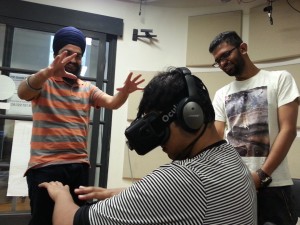
At the same New York Virtual Reality Meetup mentioned in the previous blog post, Seidenberg students Avery Leider and Harpreet Singh Wasan were able to interview a few of the other attendees and founders to pick their brains about the VR industry as it’s suddenly growing as software and hardware are becoming easier to access by the day. By attending Meetups in the NYC tech scene, Avery and Harpreet hope to gain substantial knowledge on the state of the industry as it’s expanding and also to experience the various developments that people are bringing to these Meetups, both hardware and software related.
In this next interview we hear from DJ Smith of Morristown, NJ, NYVR’s co-organizer since the beginning of 2014. Smith is also a member of the Washington DC VR Meetup, but between Meetups he works as an engineer, builder, artist, and entrepreneur. Here are his responses to our students’ queries:
Harpreet: From the time you started with Virtual Reality until now, what, in your opinion, is the most exciting development in VR?
Smith: Now, the Social VR Apps, obviously, because I just presented on it, that has really excited me for two reasons – one, the freedom to basically create the worlds, and then, two, to be able to share those worlds with other people and communicate with them directly. I think both of those things are wonderful aspects of VR Social Apps and I am anxious to see how far they will go.
H: Is there anything else that comes to your mind that is also about to take off?
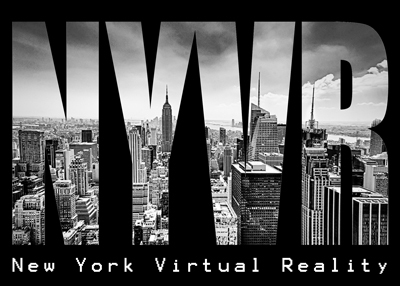
S: Right behind Social VR Apps, I really like what people have been doing with the actual live video aspect of it. So, basically, to be able to film in 360 degree video or 180 degree 3-D video, and in being able to view an event in a headset that is around your entire body, you just get that sense of presence, and I think the future of media is going to be just that. It’s going to be an all-encompassing thing. So, I think Social VR apps and then the 360 degree and maybe 3D live video – however they will be incorporated into the public – those will be the two main focuses.
H: What is your advice to Pace University students who want to get into VR? How should they go about getting into the industry?
S: Come to New York VR Meetups!
Avery: So, if Pace University students wanted to help you in your Virtual Meetup room, to add our Pace University assets to your VR world, what do you recommend we do?
S: Wow, if I could get a bunch of college kids to build my virtual room, that would be awesome! The VR Chat room that I created [for the Meetup], NYVR Room, is built in Unity. I’m a very basic developer without a lot of advanced knowledge. It’s relatively easy for a newcomer – just download Unity, start messing around, and reach out to me. If there are students who are willing to contribute, I’m happy to incorporate their stuff and give them small tasks. Or, better yet, go on VR Chat, build your own thing, that would work, too. And invite me, because I want to see it!
So there you have it. It doesn’t take solid groundwork of experience to get started in VR development. This is our challenge to other students at Seidenberg who have caught an interest in VR: start playing with it and share something at the next NYVR Meetup!


